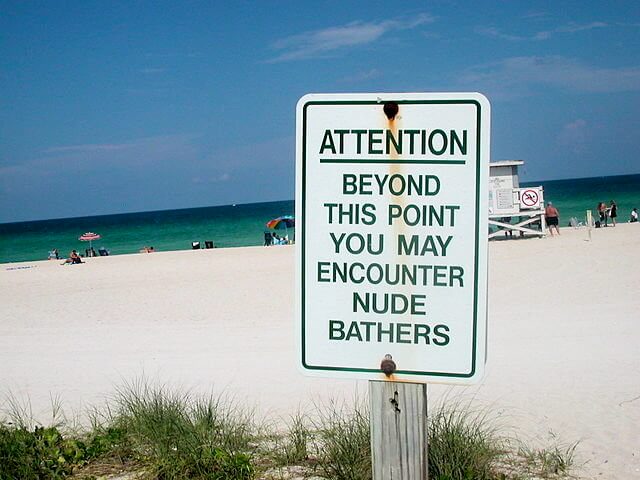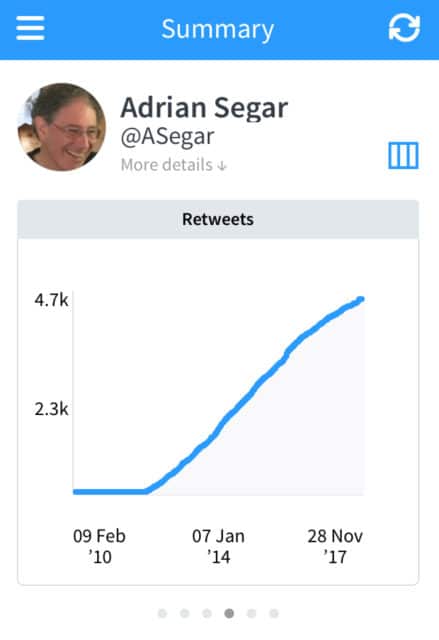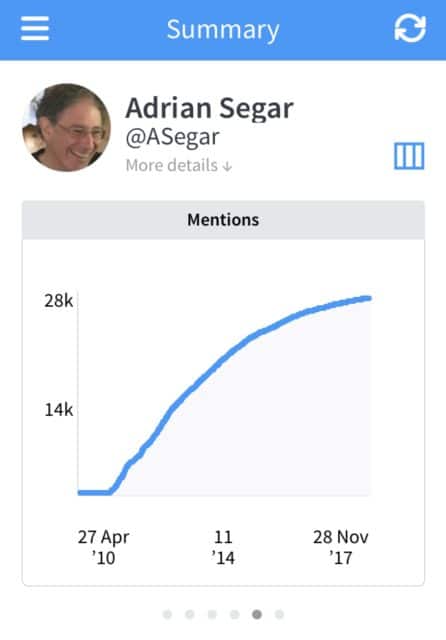Shut up and listen — part 2
Sometimes, I just need to shut up and listen. 
And then someone, let’s call them John, comes up to the microphone and says something like this:
“Well, at the beginning of this conference we spent a lot of time choosing the sessions. I think it would be much better if we just asked everyone what they wanted to talk about before the conference. Then we could start the program right away and have more time for the sessions!”
I know John’s intentions are good. I know he’s genuinely trying to help to make the conference better.
Regardless, at this point, a voice inside me is saying:
“Aargh, not again! Do you think no one has ever suggested this before? If I’d found a way during the thirty years I’ve spent designing and facilitating events to create better conference programs by asking people what they wanted in advance, don’t you think I would be using it?
The reason we spent precious time at the start of this event learning about our wants and needs and experience and expertise and then co-creating a conference program optimized from what we discover is that I’ve found that taking this time creates a much better conference than one where the program is somehow determined in advance!”
And so on. I feel sad and misunderstood and disconnected listening to John who doesn’t get the essence of what I’ve spent years creating and fine-tuning, to whom I’ve failed to convey something that I believe is valuable and important.
I feel frustrated in much the same way as when I meet people who insist that the world is really less than ten thousand years old, are sure vaccines cause autism, or believe there’s a scientific conspiracy to falsely declare that recent human activities cause climate warming.
Regardless, I need to shut up and listen.
What happens if I don’t shut up and listen
On one occasion I couldn’t stop myself from responding to a participant who said that the initial roundtable and peer session sign-up we had used was a waste of time. I said that in my experience, it created a better conference. The participant, a state legislator, looked at me and said, “This is a time for me to share my opinions, not for you to share yours.”
And he was right.
Yes, it’s hard at moments like this for me to keep my mouth shut.
But it’s important that I do. My job is to facilitate the process that’s going on, not offer my own opinions.
The silver lining
In the end, it turns out that I don’t actually need to say anything. Invariably, other participants respond to John. They’ll come up to the microphone and say things like:
“Actually, John, I disagree, I liked what we did! Yes, it took a bit longer, but I:
— got to know many attendees in really helpful ways;
—made valuable connections with people who have useful expertise and experience;
—learned about interesting topics I hadn’t thought about before; and
—enjoyed some excellent sessions, many of which I suspect wouldn’t have been included in a traditional conference.”
And I feel better again.
Which teaches me something else. Though I experience my feelings in the moment as permanent and unchangeable, my feelings are transitory. This too shall pass.
Definitely something worth learning.
If I shut up and listen.
[If you missed it, here’s the first part of Shut up and listen.]

 Getting your attendees to do something new at your event can be hard. For example, Seth Godin illustrates the problem:
Getting your attendees to do something new at your event can be hard. For example, Seth Godin illustrates the problem:


